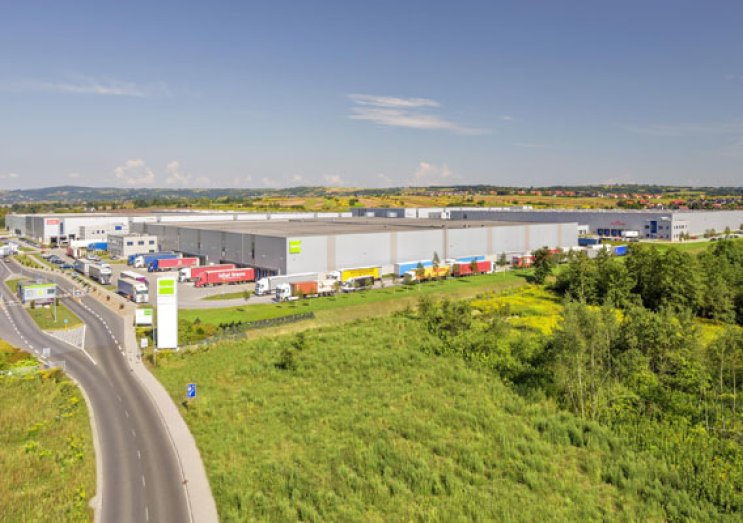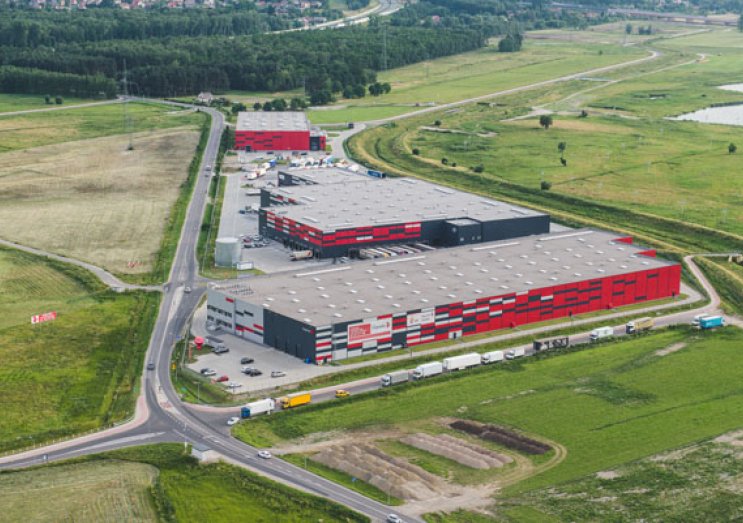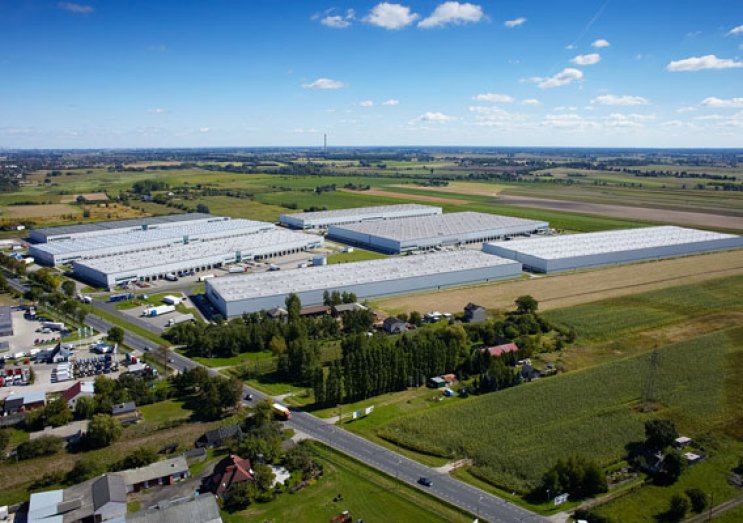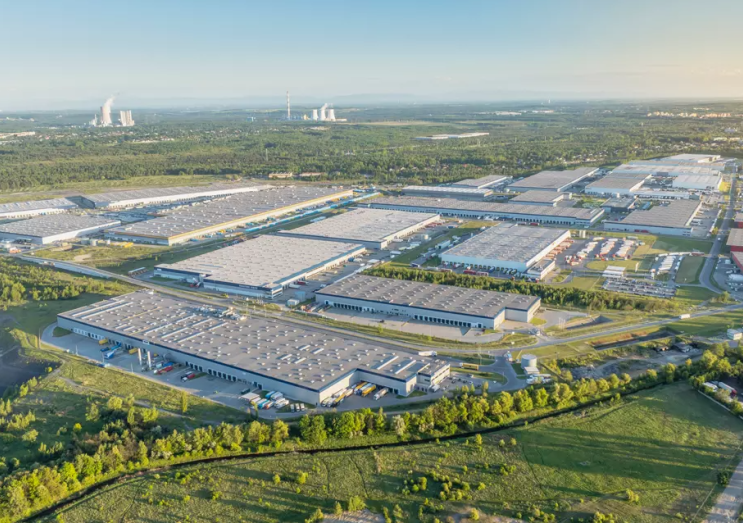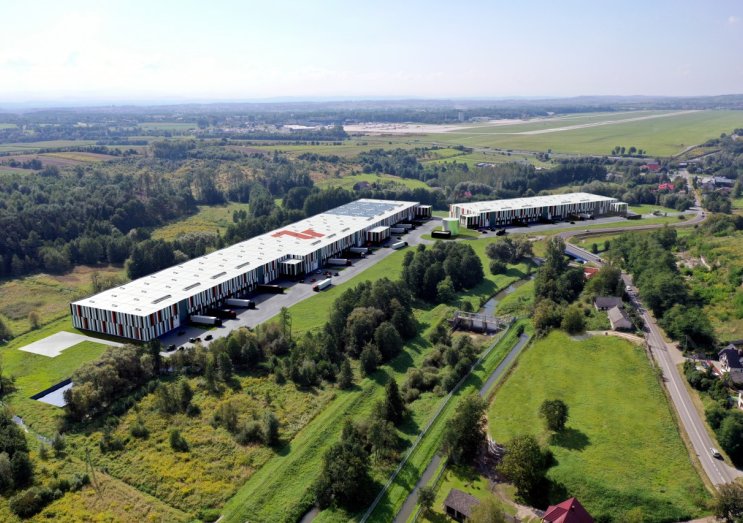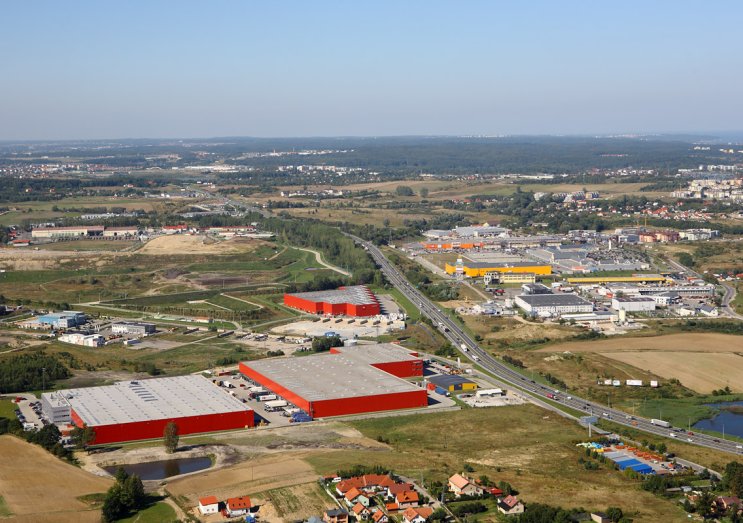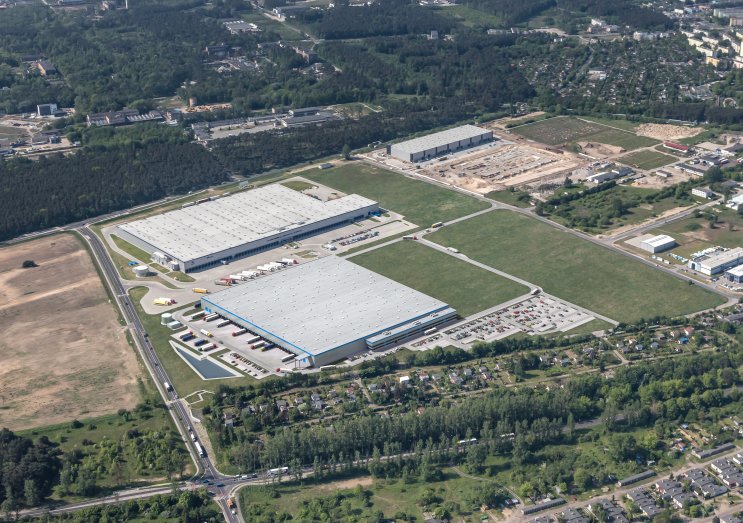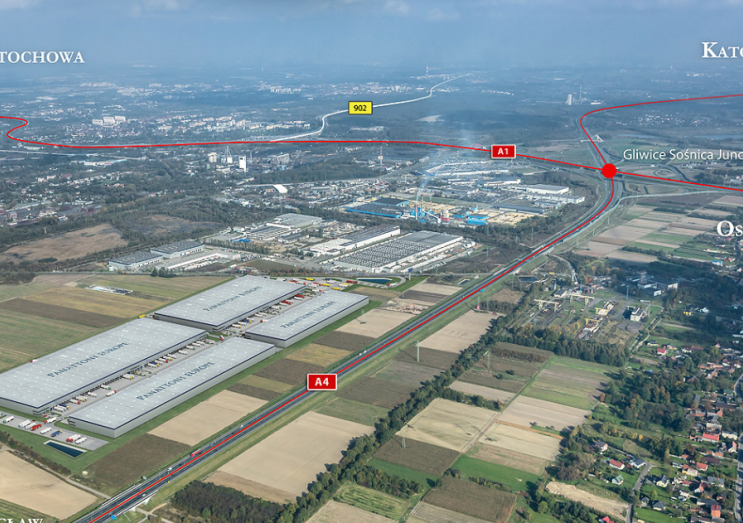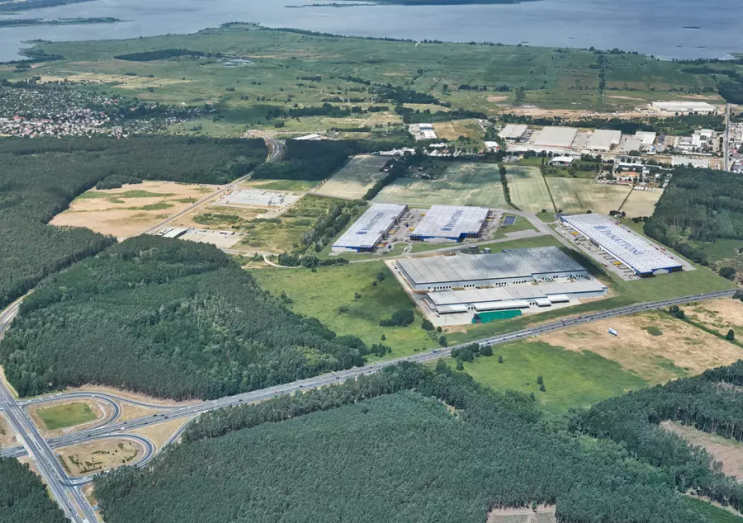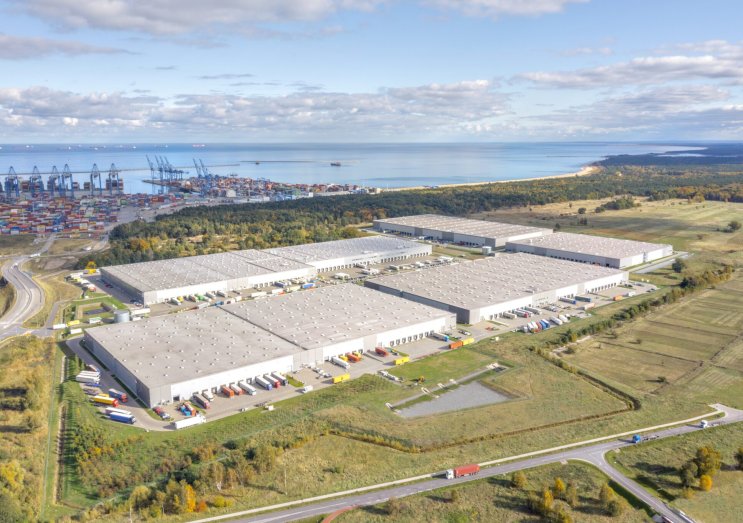The Polish industrial market continues to grow but has lost some of the momentum it enjoyed in 2021-2022. Given the general geopolitical situation and the strategic geographical significance of Poland for the stability of supply chains, the short- and long-term outlook for the market remains positive.
In 2023, Poland’s total warehouse and industrial stock surpassed 30 million sqm, catapulting Poland to third place in the league table of the largest EU warehouse markets, just behind Germany and France. Last year’s robust development activity has translated into a large volume of new supply which is expected to reach approximately 4 million sqm for 2023 as a whole, marking a decrease of around 10% from 2022’s level but still the second-highest result in the history of this market.
As a result, Poland’s overall vacancy rate soared from 4.1% at year-end 2022 to 7.8% at the end of the third quarter of 2023. There is nearly 2.5 million sqm of vacant warehouse space in existing facilities. Availability rates are the highest in Central Poland, Mazovia, Upper and Lower Silesia, which account for almost 1.7 million sqm or 70% of total vacant stock. The rising vacancy rate has restored market equilibrium, with tenants having more choice and developers having space to let – especially in the core warehouse markets in Poland.
However, financial markets turmoil associated with high project financing costs has seen developers scale back activity and focus on Poland’s six key warehouse markets, which account for nearly 90% of the stock under construction. This is expected to carry into 2024.
By contrast, tenants increasingly focused on the optimisation of space and processes, cost-cutting and consolidation opportunities throughout 2023. Consequently, total take-up for 2023 is unlikely to surpass 5.5 million sqm, down by over 25% from more than 7.3 million sqm in the peak year of 2021. Occupier activity in 2024 is expected to plateau at 5-6 million sqm.
After a period of rental growth, rents are beginning to stabilize, with some locations - especially those with significant volumes of existing vacant stock - reporting rental corrections. 2024 is likely to see rents continue to stabilize amid a growing focus on sustainability and ESG, particularly on energy efficiency, resource use, carbon assessment and reduction.
Author: Jakub Kurek, Head of Industrial and Warehouse, Newmark Polska

